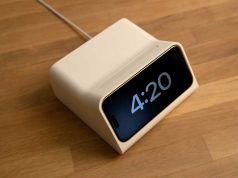Choosing the right infill pattern is a key challenge in 3D printing when it comes to the stability and resilience of the printed parts. The YouTube channel Made with Layers has tackled this topic in a detailed test and provides valuable insights.
Thomas Sanladerer, who runs the channel, has systematically compared various infill patterns with each other. Starting with classic patterns such as the grid structure and honeycomb structure, through 3D patterns such as cubic and gyroid, to more exotic variants such as the Hilbert curve pattern. The focus was not only on the printing times, but above all on the mechanical strength of the test specimens.
The results show that there is no clear “all-round winner” pattern. Rather, the individual variants have different strengths and weaknesses. For example, the Cubic pattern proved to be very stable overall, while Gyroid is slow to print but also delivered convincing strength values. Other patterns such as the Hilbert curve pattern, on the other hand, performed rather poorly.
The comparison between infill density and wall thickness is also interesting. According to Sanladerer’s measurements, in most cases it is more beneficial to invest the material in thicker walls instead of putting it into a higher infill density.
When choosing the infill pattern, he advises opting for the cubic pattern as standard. Those who prioritise fast and clean surface quality could also give the aligned rectilinear pattern a chance.
Subscribe to our Newsletter
3DPresso is a weekly newsletter that links to the most exciting global stories from the 3D printing and additive manufacturing industry.



























